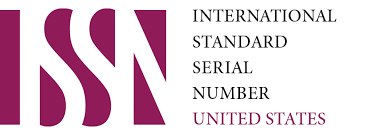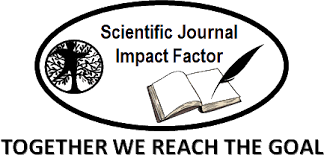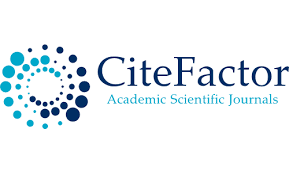Formation and Historical Development of Morphological Paradigms
Keywords:
history, formation, development, paradigmAbstract
In the article, morphology is formed as a branch of descriptive grammar in the traditions of ancient (antique) linguistics, views on the cases of opposition (substance and accident relationship), analogy (similarity) and anomaly (departure from similarity, deviation from the norm) of the base form of the word and the units added to it were presented. The traditional classification of word groups and grammatical categories took place in later linguistic studies. The European Renaissance (from the 14th century onwards) also led to the emergence of special terms related to word structure.
References
Large encyclopedic dictionary. Linguistics.M., 2000, pp. 536-537.
History of linguistic teachings. Ancient world. M., 1980, p. 7-37.
Usmonov S. Umumiy tilshunoslik. Toshkent, 1972, 10-bet.
. Kelishiklar ўzaro raqam bilan farklangan.karang: Usmonov S. Umumiy tilshunoslik. Toshkent, 1972, 11-bet.
Usmonov S. Umumiy tilshunoslik. Toshkent, 1972, 81-bet.
Reformatsky A.A. Morphology.-VKN. : “Essays on phonology, morphonology, morphologies.” M., 1979, p. 58.
Panov V.M. Russian phonetics. M., 1967, p. 28.
Large encyclopedic dictionary. “Linguistics.” M., 2000, p. 366.
Shvedova N.Yu. Paradigmatics of a simple sentence.: Grammar of modern Russian literary language. M., “Science”, 1970, p. 576-595;
Zemskaya E.A. On paradigmatic relations in word formation.: Russian language: questions of its history and current state. M., “Science”, 1978.
Berdialiev A. Fundamentals of syntactic paradigmatics of the Uzbek language. Tashkent, 1991;
Mirzakulov T. Issues of morpheme paradigmatics and syntagmatics of the Uzbek language. Doctoral dissertation, Tashkent, 1994.
Kubryakova E.S., Soboleva P.A. On the concept of paradigm in form-formation and word formation. - “Linguistics and Poetics”. M., 1979, p.9.
Yatskevich L.G. Morphological paradigm as a complex unit of formation. - Journal “Issues of Linguistics”, 1992, No. 4, p. 111.
Downloads
Published
Issue
Section
License

This work is licensed under a Creative Commons Attribution 4.0 International License.
User Rights
Under the Creative Commons Attribution-NonCommercial 4.0 International (CC-BY-NC), the author (s) and users are free to share (copy, distribute and transmit the contribution).
Rights of Authors
Authors retain the following rights:
1. Copyright and other proprietary rights relating to the article, such as patent rights,
2. the right to use the substance of the article in future works, including lectures and books,
3. the right to reproduce the article for own purposes, provided the copies are not offered for sale,
4. the right to self-archive the article.












